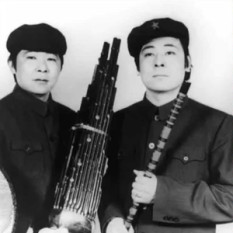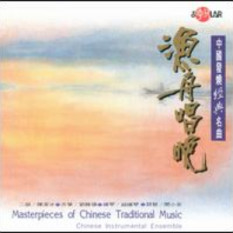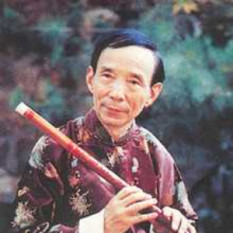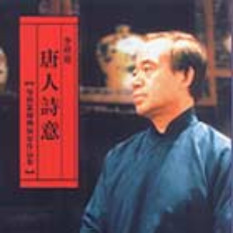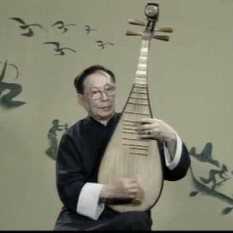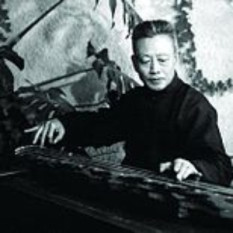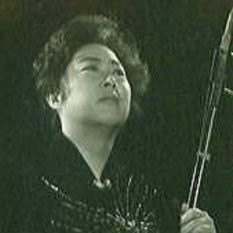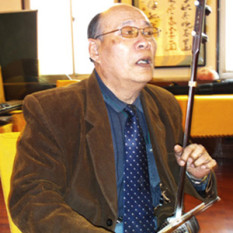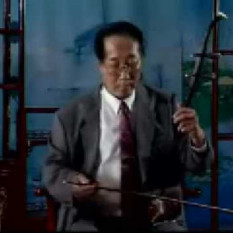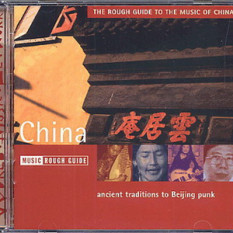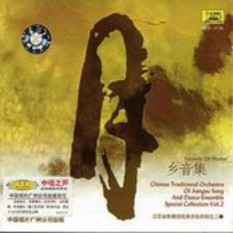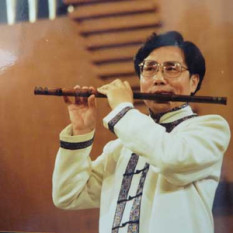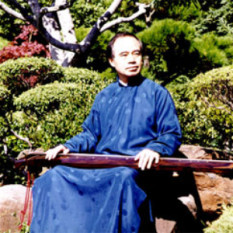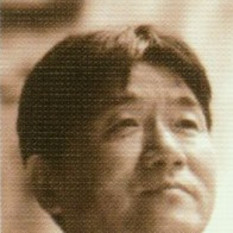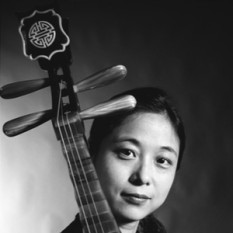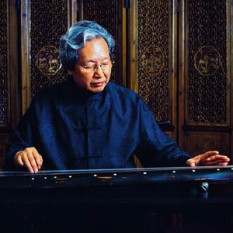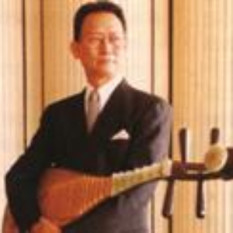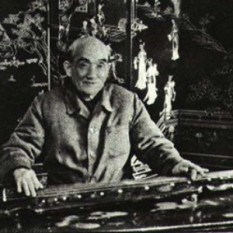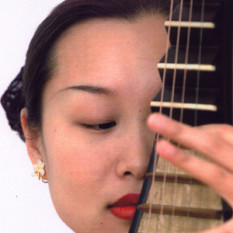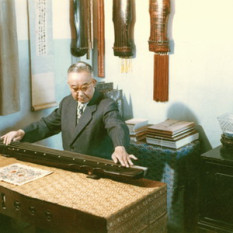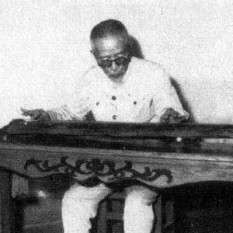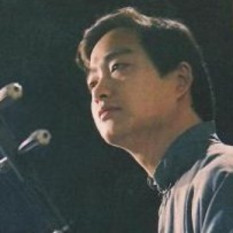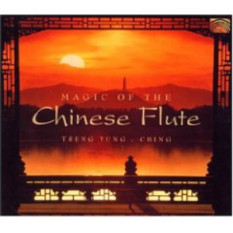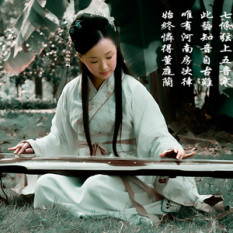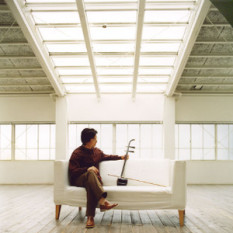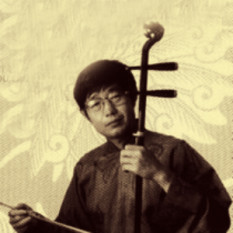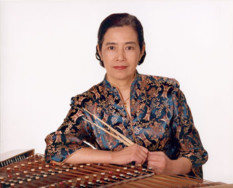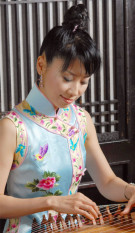Chinese Music started at the dawn of Chinese civilization with documents and artifacts providing evidence of a well-developed musical culture as early as the Zhou Dynasty (1122 BC – 256 BC). Today, the music continues a rich traditional heritage in one aspect, while emerging into a more contemporary form at the same time. Traditional music in China is played on solo instruments or in small ensembles of plucked and bowed stringed instruments, flutes, and various cymbals, gongs, and drums. The scale is pentatonic. Bamboo pipes and qin are among the oldest known musical instruments from China; instruments are traditionally divided into categories based on their material of composition: animal skins, gourd, bamboo, wood, silk, earth/clay, metal, and stone. Chinese orchestras traditionally consist of bowed strings, woodwinds, plucked strings and percussion.
The legendary founder of music in Chinese mythology was Ling Lun, who made bamboo pipes tuned to the sounds of birds. According to Mencius, a powerful ruler once asked him whether it was moral if he preferred popular music to the classics. The answer was that it only mattered that the ruler love his subjects.
The Imperial Music Bureau, first established in the Qin Dynasty (221–07 BC), was greatly expanded under the Emperor Han Wu Di (140–87 BC) and charged with supervising court music and military music and determining what folk music would be officially recognized. In subsequent dynasties, the development of Chinese music was strongly influenced by foreign music, especially Central Asia. .

